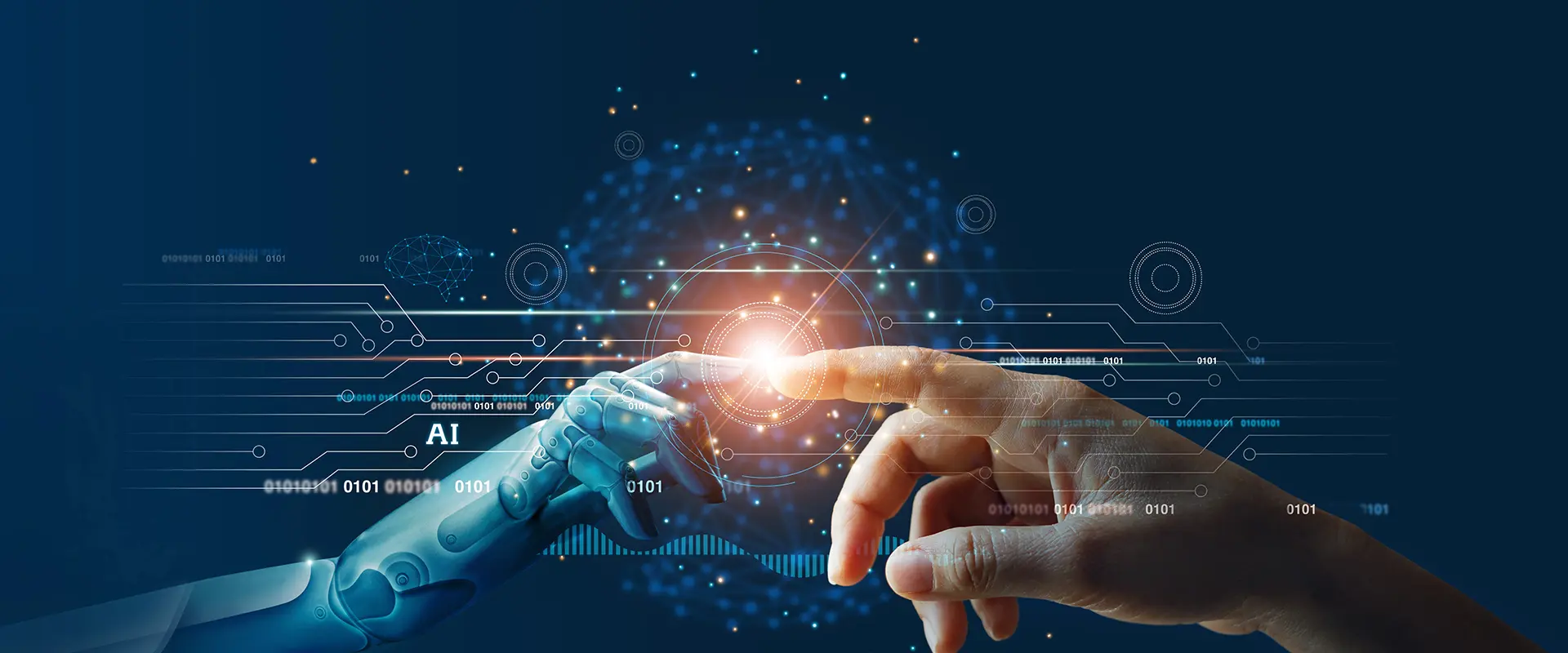
As organizations increasingly integrate artificial intelligence (AI) into the workplace, the potential roles and capabilities of AI are rapidly expanding. Teams of the future may incorporate AI as not just a “tool” but a “teammate” that is expected to work interdependently with humans as a single, cohesive human-AI team (HAT). In a recent study published in Computers in Human Behavior, my colleagues and I investigated how social perceptions of AI shape the integration of these novel AI teammates for effective HAT collaboration.
We adapt a longstanding framework from social psychology and research on human-human collaboration to examine how people perceive AI teammates. Specifically, we focus on two traits that are key to how we see and interact with other humans: warmth and competence. Warmth describes characteristics related to perceived intent (e.g., friendliness, helpfulness, and trustworthiness) while competence relates to perceived ability (e.g., intelligence, efficacy). We conducted two studies (one using video vignettes and another employing a real-world lab experiment) to test the influence of these perceptions of human incumbent teammates’ receptivity to an AI newcomer. Results show that humans are more receptive to AI teammates when they perceive them as both warm and competent.
Competence, in particular, was critical to convincing team members that the AI has valuable expertise, as well as encouraging teams to adapt their processes to incorporate the AI. However, warmth perceptions also played an important role in promoting social acceptance of AI, making team members more likely to view the AI as a valuable team member. Notably, social acceptance was the strongest predictor of whether the humans were willing to continue working in their HAT, suggesting that AI warmth may be essential for the long-term success of HATs.
What Does This Mean For Working Well with AI?
Strong collaboration in the modern workforce will increasingly require not only effective human-human interaction but also human-AI interaction. Our work suggests that by extending the social characteristics of warmth and competence to AI, organizations may be able to design AI that is more readily received and integrated into teams. These findings serve as a crucial step in reimagining the future of teamwork, where humans and AI work side by side to achieve greater productivity, efficiency, and success in the modern workplace.
Read the full study at https://doi.org/10.1016/j.chb.2023.107765.
Alexandra Harris-Watson is an Assistant Professor in the Department of Psychological Sciences at Purdue’s College of Health & Human Sciences.